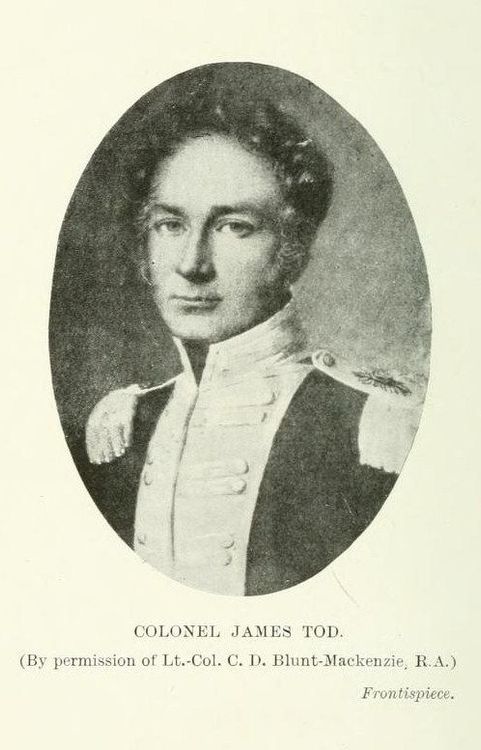For smooth Ad free experience
For smooth Ad free experience
James Tod, the East India Company officer who wrote extensively about the Rajputs and Rajputana in general, was born today in 1782. His books were the baseline scholarship on Rajasthan for many decades in the 19th century.

Born on 20th March 1782
Exotic lands, exotic people, the wildlife, huge traditions, elephants, snake charmers, a land stuck back in time - and riches, lots of riches. This was how Europeans wrote about India in the 18th century, and in this exotic “Wild East” scenario, they saw themselves as young, enterprising Company men, willing to do whatever it took to gain some money and live out respectable lives.
This was the fantasy and indeed the reality of many of these, and as they would adjust to their work in a land where culture changed every 20 miles, they had to adapt to it varyingly. One of these men was Colonel James Tod, a lifelong British East India Company Officer, Born on the 20th of March 1782.
He would leave for India at the age of 17, being appointed in the Bengal colonial army. Eventually he would be attached to a convoy with the British Resident to Daulatrao Scindia in Central India. Tod would immediately put his skills to work, making maps, intelligence gathering and resource marking - all signs of a good officer.
But his legacy lay in his next assignment - as a political agent to many of the Rajputana states, who had been peacefully brought under British control. Almost all regions - Mewar, Kota, Sirohi, Bundi, Marwar and Jaisalmer - had to listen to his consultation, settling disputes and reviving towns and villages.
Unlike some Company officers, who had a particular disdain towards India, it would be Tod’s lasting legacy that he collected royal genealogies, inscriptions, coins, artefacts, made sketches of monuments and everything else he found interesting about the Rajputs - and compiled them all in the book Annals and Antiquities of Rajasthan, the most authoritative text for Rajasthani history in his time.
Seeing the Rajputs as natural allies of the British against the Mughals and Marathas alike, and thus he told the tales of brave, noble and valorous Rajputs, including all the prints and drawings of the structures and people of the state. This would be the first time the British had got a close view of Rajasthan, and also for many Indians.
0
You might be interested in reading more from
